
Mark Packer, MD, sat down with Sheryl Stevenson, Group Editorial Director, Ophthalmology Times®, to discuss his presentation on machine learning and predicting vision outcomes after cataract surgery at the ASCRS annual meeting in San Diego.

Mark Packer, MD, sat down with Sheryl Stevenson, Group Editorial Director, Ophthalmology Times®, to discuss his presentation on machine learning and predicting vision outcomes after cataract surgery at the ASCRS annual meeting in San Diego.
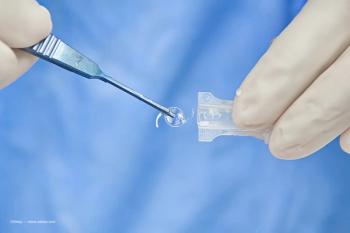
According to the company, outcomes show the potential for its modular, shape changing lens system.

According to the company, BRIMOCHOL PF met its prespecified FDA primary endpoint for binocular near visual acuity across multiple time points, starting at hour 1, versus active controls, and was well-tolerated with no significant adverse events.
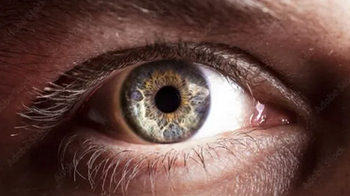
ZEPTOLink will be introduced at the American Society of Cataract and Refractive Surgery (ASCRS) Annual Meeting in San Diego.

According to the company, clinical trials of the ophthalmic gel showed that patients treated with IHEEZO did not require any supplemental treatment to complete the intended surgical procedure. Harrow will host several launch events at the 2023 American Society of Cataract and Refractive Surgery annual meeting being held May 5-8, 2023, in San Diego, California.

Eyecelerator kicks off today as the American Society of Cataract and Refractive Surgery will host this year’s ASCRS and ASOA Annual Meeting in San Diego, California, beginning on Friday. ViaLase Inc., Aurion Biotech among companies presenting at the annual meeting.

This year’s event will offer attendees both new and returning special events and features.
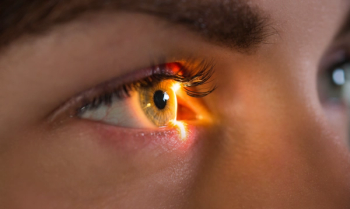
In a question and answer session, four leading ophthalmologists share their experiences with crosslinking, offering pearls that can help peers incorporate the procedure into their practice.
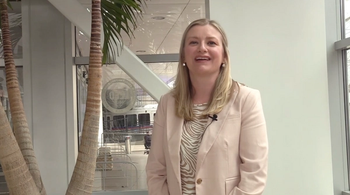
Catching up after ASCRS 2022, Ora's Caitlin Black, senior director and therapeutic area head of medical devices, talks about the next generation of ophthalmic device therapies and diagnostics, clinical trial updates and new innovations that are most exciting for presbyopia treatment.
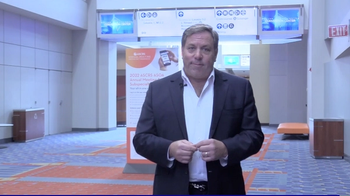
A second FDA indication for the treatment of allergic conjunctivitis proves promising for patient relief.
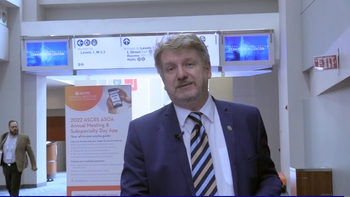
Two year data shows a promising future for the OCD guided, noninvasive technology for glaucoma treatment.
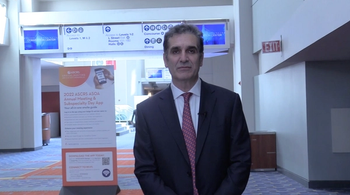
Alex Dastgheib, MD, ABO, discusses the findings of the paper, "325 Cases of Phacoemulsification in Blind Cataracts," presented at the 2022 ASCRS conference in Washington, DC. The paper won the Challenging Cases session during the meeting.
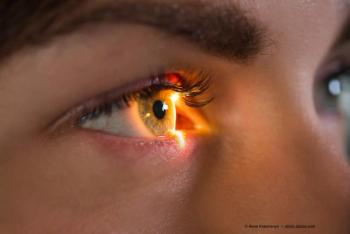
Newer generation formulas generally outperformed older generation formulas, with SRK/T performing the best of older formulas, especially when using TK values.

Lens thickness and anterior chamber duct values obtained by Lenstar can be improved by SpikeFinder to reduce errors in measurements.
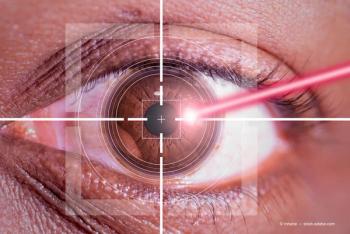
Older generation non-LVC formulas show marked improvement upon using TK values vs K, while multivariable non-LVC formulas did not consistently improve.
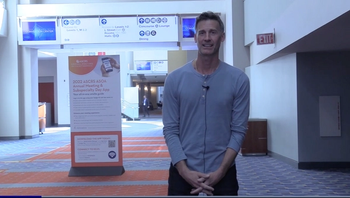
Jonathan Solomon, MD, shares his personal experience using the Beyeonics One exoscope, highlighting what makes this tool stand out.

Results concluded that K did better than TK in a variety of situations.
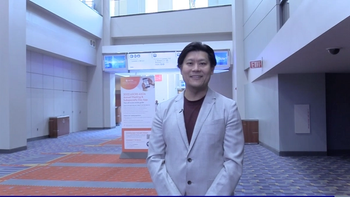
Edward Hu, MD, PhD, looked at 812 toric IOLs utilized of various platforms, concluding a low total toric rotation rate at 2.1%.
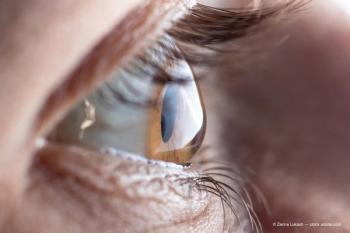
The study assesses and compares the accuracy of IOL formulas using keratometry (K) and total keratometry (TK) values obtained by a swept-source OCT biometer (IOL Master 700) in eyes with previous PKP prior to cataract surgery.
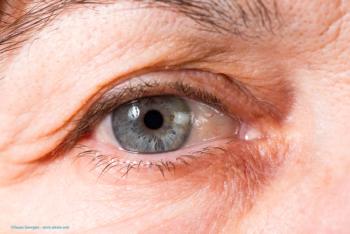
There is considerable variability in variables when measuring the eyes with both biometers, which may affect formula performance and postoperative refractive predictions when using formulas that utilize values like interior chamber depth and lens thickness.
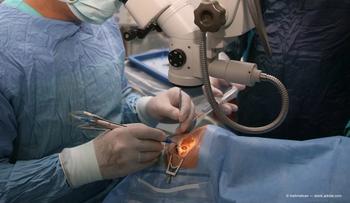
The project, presented by Colton Hill, MPH, on behalf of the Dean McGee Eye Institute, looks at complication rates during cataract surgery or after cataract surgery for patients with prior intravitreal injections or incisional retinal procedures.
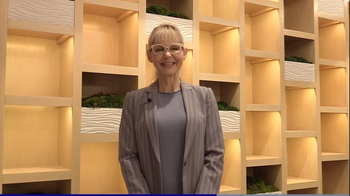
Michelle Senchyna, PhD, VP Clinical Development and Medical Affairs for Aerie Pharmaceuticals, gives a company update on the various clinical trials in the pipeline.
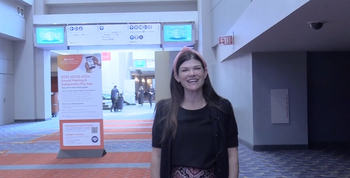
Allie Holmes, head of US marketing for Johnson & Johnson Surgical Vision, shares an update on what visioning the company is doing with their new and elevated technologies.
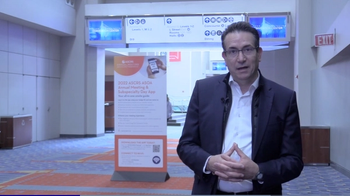
Riad Sherif, MD, CEO of Oculis, gives a company update on clinical trials for products in DME, ocular surgery, and more; plus, growing products in glaucoma treatments, team and financing updates.
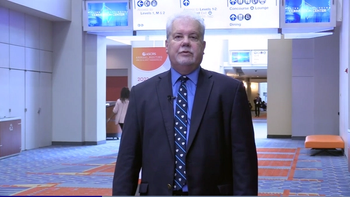
Kevin Waltz, a consultant for ViaLase, discusses the company's technology: an image-guided femtosecond laser surgical system for the treatment of glaucoma.
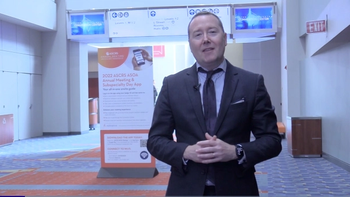
George Waring, MD, discusses the findings of a retrospective study on Allergan’s AGN-190584 for the treatment of presbyopia.
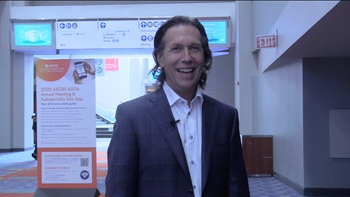
Mark Packer, MD, discusses the causes, factors, and treatments of negative dysphotopsia.
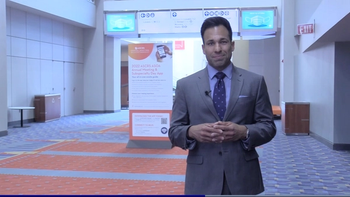
Last year, the company announced the data from the Saturn-1 study for TP-03, the first potential product to treat Demodex blepharitis, and the product is now in the phase 3 trial (Saturn-2). Aziz Mottiwala, chief commercial officer for Tarsus, gives a company update on the pipeline for their program for Demodex blepharitis.
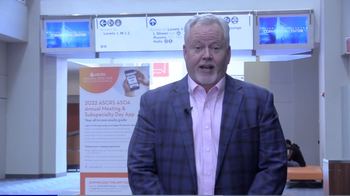
Earlier this year, BioTissue announced the corporate rebrand of its new customer facing entity, including carrying the name over to its surgical business formally known as Amniox Medical. Randy Mansfield, VP of marketing for BioTissue, shares an update at ASCRS 2022.
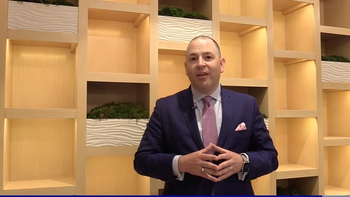
Greg Kunst, president and CEO of Aurion BioTech, shares a company update on endothelial cell therapy trials, clinical plans and upcoming data.